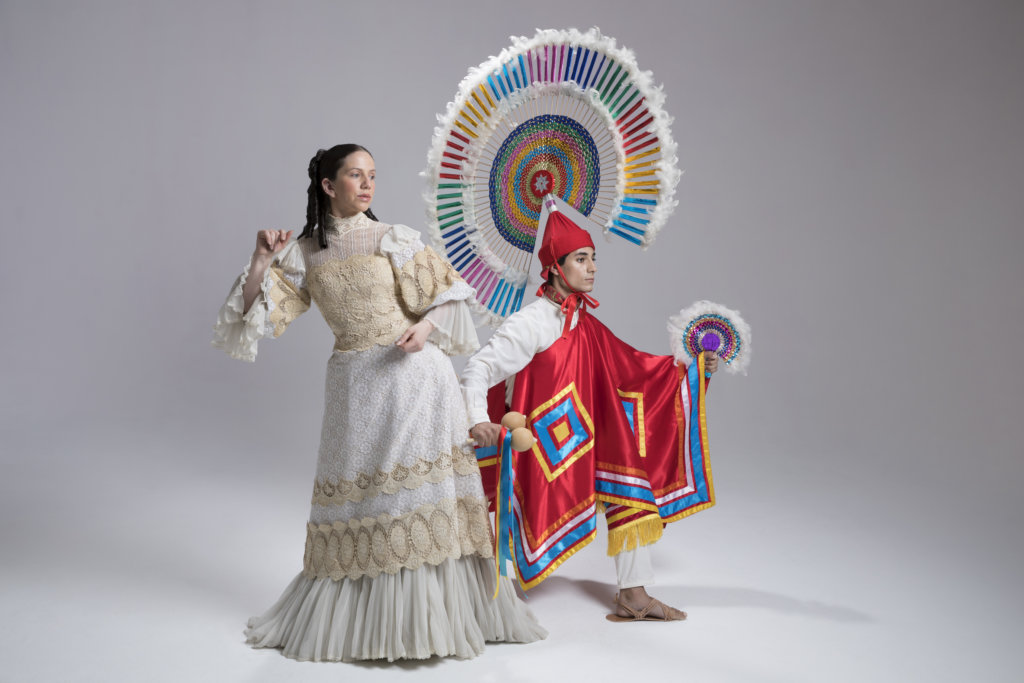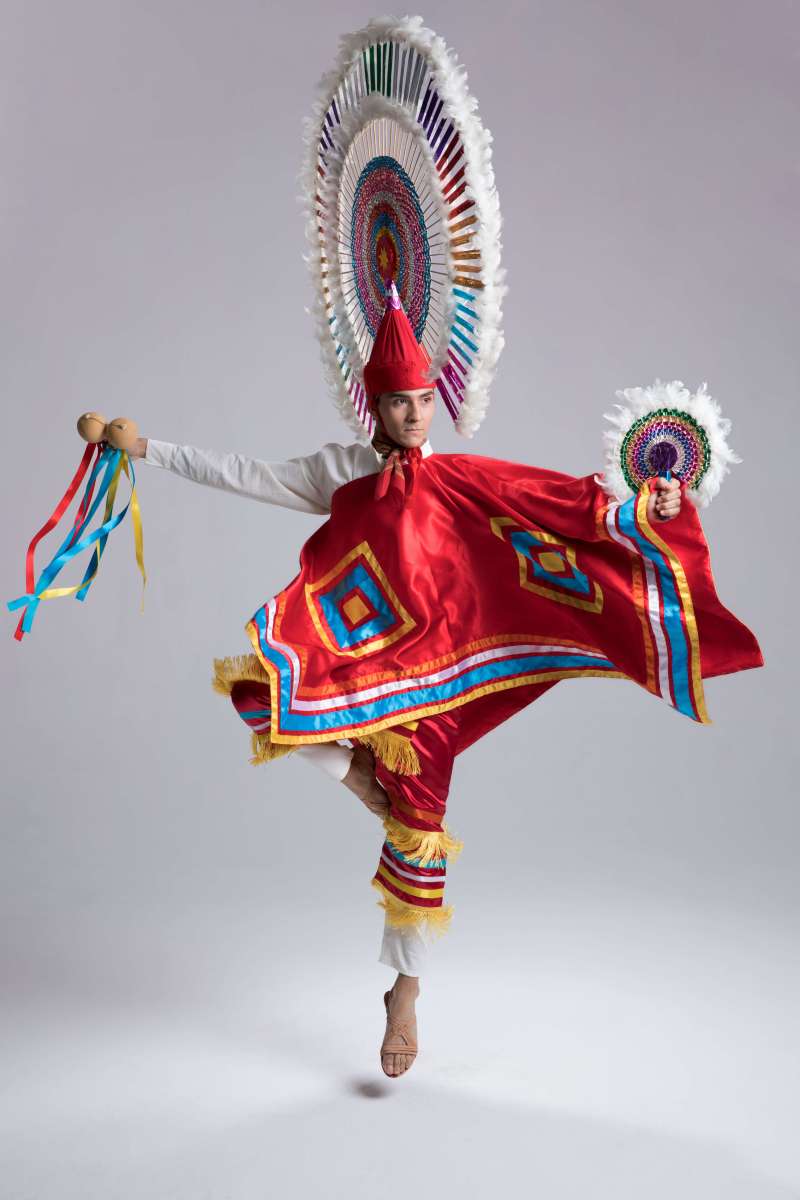BY TAMMY SCILEPPI
Life got you down? Every now and then, do you feel like kicking up your heels and kicking back a little instead of worrying about the future?
Then get your tickets to an authentic Mexican dance performance at Queens Theatre … and get happy.
Mexican dance is no longer a way to appease the Mayan and Aztec gods. These dancers will be celebrating life, folklore and an important event when Calpulli Mexican Dance Company debuts its first historical work April 13 and 14.
“Puebla: The Story of Cinco de Mayo,” celebrates the people and cultures of Puebla, Mexico.
Like pieces of art that are perfectly woven together, the show combines the rhythm of the music and the vibrant colors of the dancers’ clothing into a memorable event. Close your eyes and you may feel as if you’re sipping Mexican coffee in a tiny café with Mariachi music playing in the square.
Historical events helped shape Mexican dance into what it is today, and “Puebla” is Calpulli’s first historical production depicting the chronological events of the battle in Puebla, as well as the connections to the U.S. and NYC. Did you know that immigrants from Puebla make up one of the largest groups of Mexican immigrants in the city?
Juan Castaño, managing director and co-founder of the East Elmhurst-based dance company, believes a lot of Americans could benefit from learning more about what makes May 5 so significant in Mexico.
“Cinco de Mayo is a very commercial celebration in the United States, much larger than in Mexico itself. We want to add more substance and history to this cross-cultural opportunity,” he explained.
While it’s not Mexico’s equivalent to the Fourth of July, it does mark a turning point in the country’s history and the last time a country in the Americas was invaded by a foreign army.
“Symbolically, it’s the story of the underdog, the victory by a small group of Mexican soldiers and commoners over the French army — the strongest military force of the time — in the Mexican state of Puebla on May 5, 1862,” Castaño noted.
Alberto Lopez Herrera, Calpulli’s artistic director and co-founder, comes from a small town in the south of Puebla called San Antonio Chiltepec. He and Castaño started their company in 2003 and have lived in Jackson Heights, Jamaica and East Elmhurst across 30 years.
“This story and show is an opportunity that I have to share my point of view on my home as a child with the community I have in NYC,” Herrera said.
“Growing up in Mexico, the Battle of Puebla and Cinco de Mayo was celebrated with parades and lessons in school. In the USA, I saw from a young age that it was much larger, and I was surprised by this. With this story, I would like to make Poblanas and Poblanos, the people of Puebla, proud of their culture and proud of their story.”

Calpulli is about celebrating the rich diversity of Mexican and Mexican-American cultural heritage through dance and live music.
“We do that through performances by our touring company, arts-in-education enrichment programming and free or low-cost activities that target the underserved Mexican and Mexican-American communities,” Castaño noted.
The show will feature new works by Lopez and commissions by former artistic director Noemy Hernandez, whose works fuse folkloric dance and contemporary movement. There will also be new pieces by Grisel Pren Monje, who is originally from Cancun, and now works as the company’s rehearsal director.
But it is not just about the dancing. Music Director George Saenz brings together Native American traditional music from Mexico, French war marches, European waltzes and Hispanic songs from the 1860s in Puebla to create a unique soundtrack for the show.
“And of course, the colorful costuming that I like to create with the help of other talented garment designers and makers. The costuming really captures the essence and spirits of the French and Mexican characters of the story,” Lopez added.
Describing American vs. Mexican cultural values, he said, “I think there are far more things that we have in common than are different, to be honest. However, I think one difference is how folkloric art is instilled in Mexicans at a very young age and perhaps explains why we cherish these traditions so much as adults.”

































